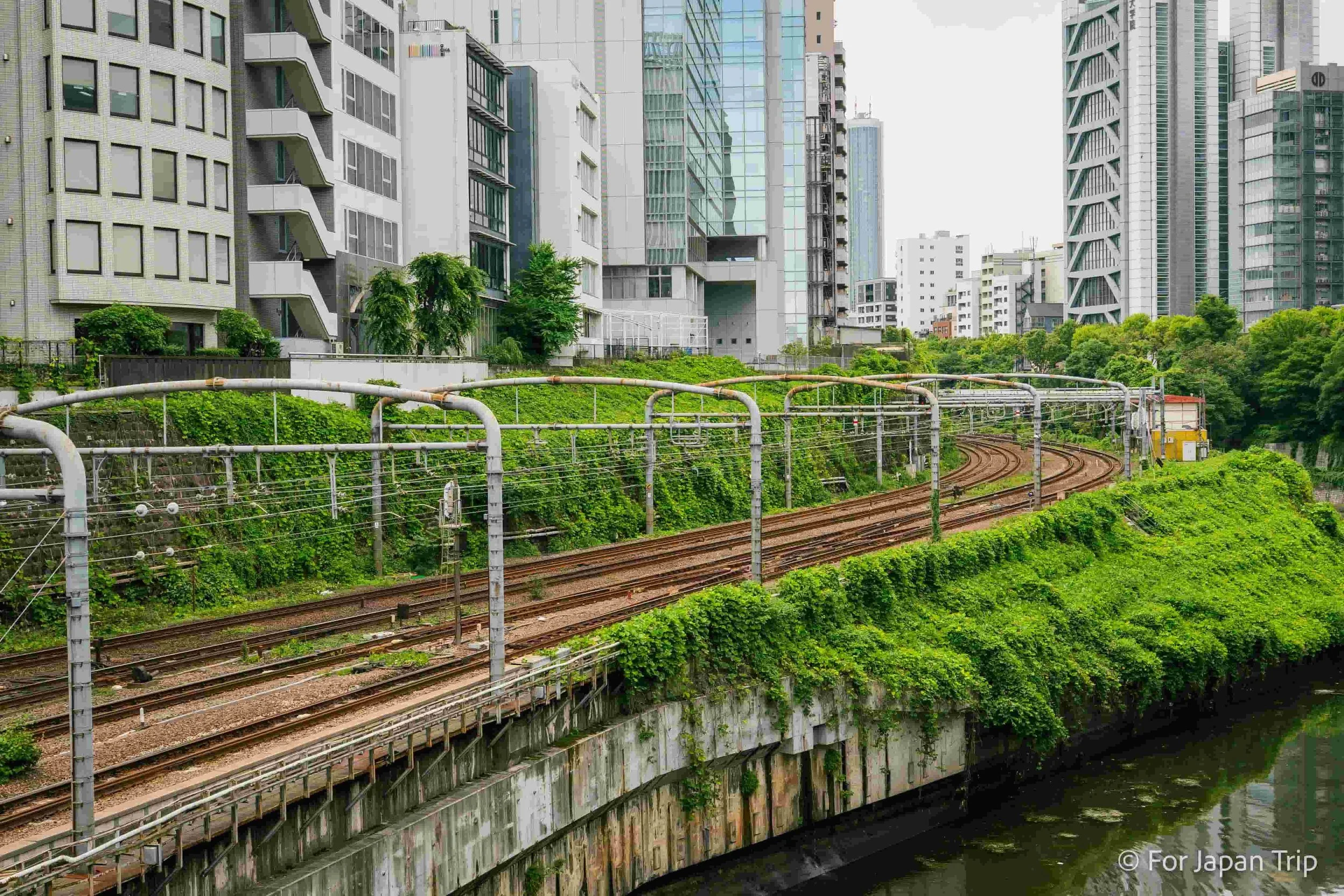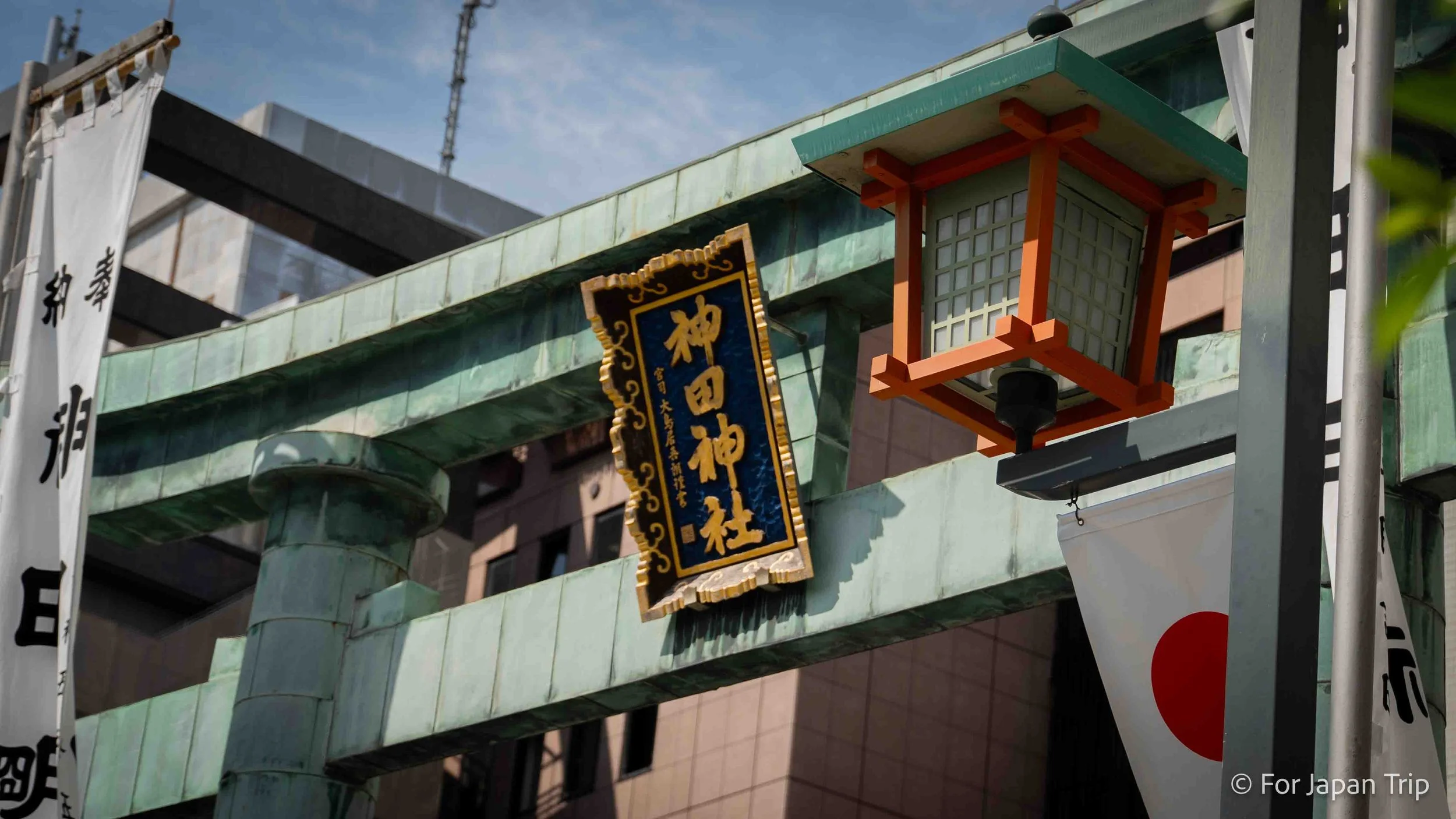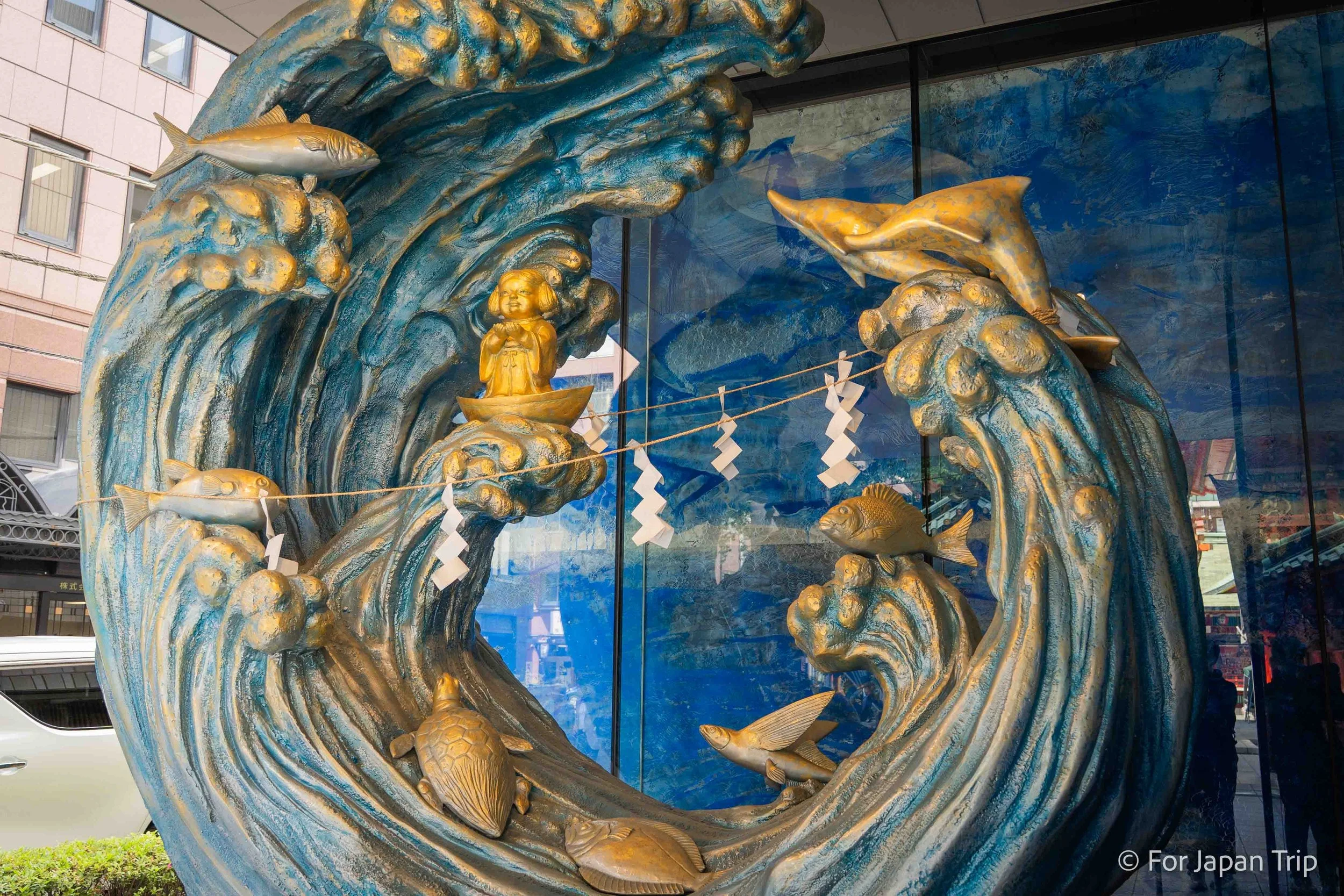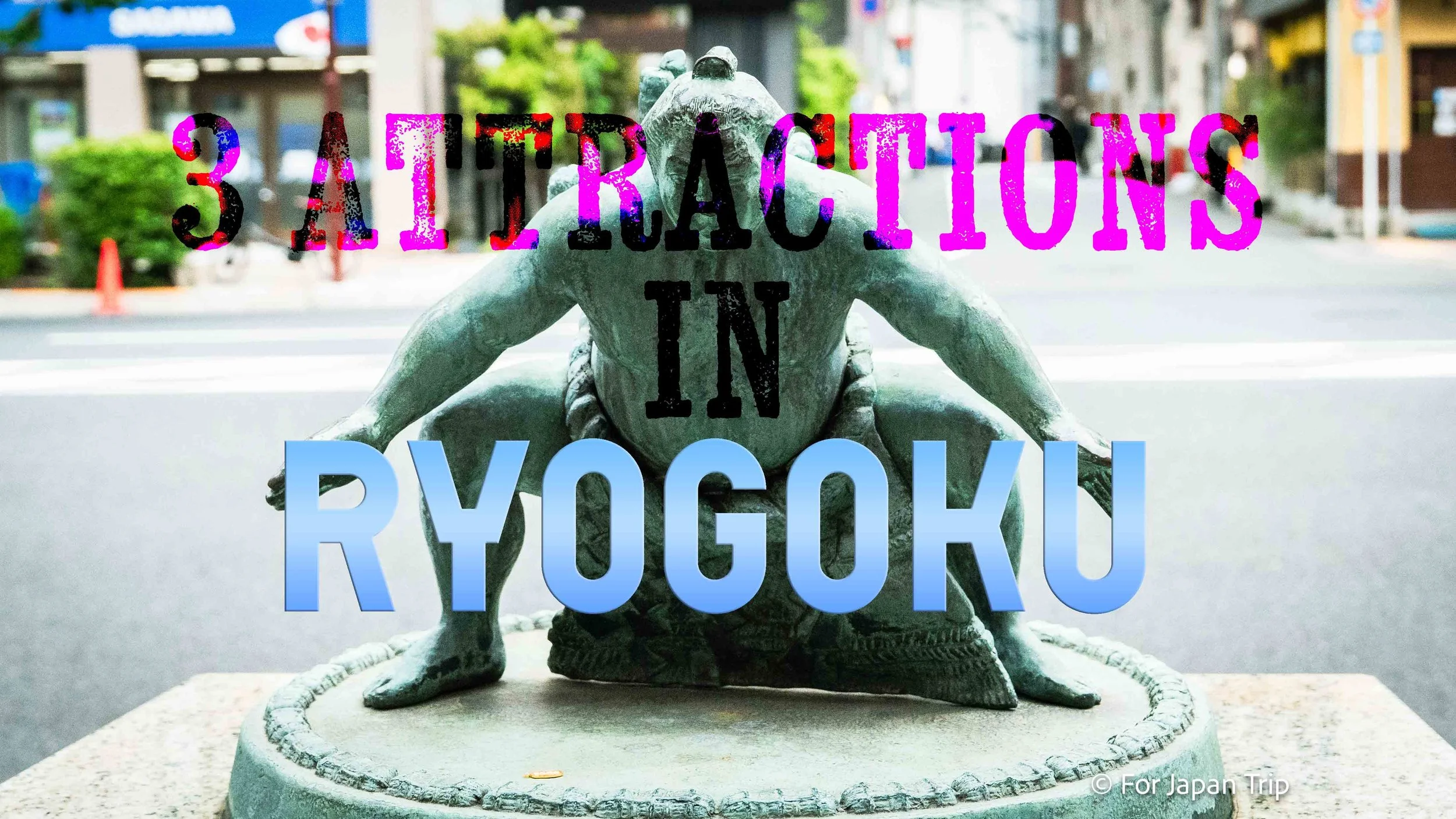3 Attractions to visit in Ochanomizu Area
※updated on July 8 2025
Just a 10-minute walk from JR Akihabara Station, or a quick 2-minute ride on the JR Chuo Line, lies one of Tokyo’s most culturally rich and spiritually diverse neighborhoods—Ochanomizu.
The name “Ochanomizu,” which means “tea water,” dates back to the Edo period, when high-quality spring water from this area was said to have been used in tea ceremonies by Tokugawa Ieyasu, the shogun who founded Tokyo. Today, Ochanomizu is a vibrant district filled with universities, specialty shops, and office buildings, bustling with people on weekdays.
But what truly sets Ochanomizu apart is its rare concentration of religious sites from different faiths, all within walking distance. It’s one of the few places in Tokyo where you can visit a Shinto shrine, a Christian cathedral, and a Confucian temple—all in a single afternoon.
For travelers looking to explore religious culture in Tokyo or experience multiple spiritual traditions in one place, Ochanomizu offers a one-of-a-kind opportunity.
While it may not appear to be a major tourist destination at first glance, Ochanomizu is a deeply fascinating area where tradition and diversity quietly thrive. It's no surprise that it draws visitors from Japan and around the world—especially those seeking spiritual insight and cultural depth.
In this article, we’ll introduce three religious and historical landmarks in Ochanomizu that reveal the area's rich spiritual heritage and multi-faith harmony.
1) Kanda Myojin – A Shrine with a Long History as Edo’s Guardian
2) Holy Resurrection Cathedral (Nikolai-do) – A Beautiful Russian Orthodox Cathedral in Byzantine Style
3) Yushima Seido – A Historic Site Known as the Spiritual Home of Confucianism in Japan
1) Kanda Myojin | A Spiritual Power Spot Where Tokyo’s Tradition and Pop Culture Meet
Just a 5-minute walk north from JR Ochanomizu Station, you’ll find Kanda Myojin, a historic Shinto shrine with a legacy spanning over 1,270 years.
As the guardian shrine (Sōchinju) of Edo, Kanda Myojin has long been revered as a protector of the entire region. During the Edo period, it was even worshipped by the Tokugawa shogunate, elevating its status as one of Tokyo’s most important shrines.
Kanda Myojin also hosts one of Japan’s three great festivals: the Kanda Matsuri, alongside Kyoto’s Gion Matsuri and Osaka’s Tenjin Matsuri. The sight of powerful mikoshi (portable shrines) parading through the streets is a thrilling and unforgettable experience.
Deities Enshrined at Kanda Myojin
Onamuchi-no-Mikoto (Okuninushi): God of love and prosperity in business; also known as Daikoku-sama.
Sukunahikona-no-Mikoto: God of medicine and health; also referred to as Ebisu-sama.
Taira no Masakado-no-Mikoto: A deified samurai from the Heian period, known as a protector against misfortune and bringer of success in competition.
A Majestic Gate Leading into the Sacred Grounds
As you walk along the shrine’s Omotesando approach, you’ll be greeted by the striking Zuishinmon Gate, painted in brilliant vermilion and adorned with intricate carvings. Before passing through, purify your hands and mouth at the nearby temizuya (water basin), in keeping with shrine etiquette.
The gate features exquisite wood carvings, including the Four Divine Beasts and figures of Daikokuten. Look up to see auspicious animals like dragons on the ceiling. The combination of vermilion lacquer, gold leaf, and sacred symbolism makes for an awe-inspiring entrance.
A Shrine Bridging Ancient and Modern Tokyo
The main hall, with its vivid vermilion and copper-green roof, is just as impressive. Though destroyed in a major earthquake, it was rebuilt in 1934.
Thanks to its location near Akihabara, Kanda Myojin has also become popular among anime fans. A collaboration with the series "Love Live!" brought new attention to the shrine, particularly from younger visitors.
In recent years, Kanda Myojin made international headlines when Chicago Cubs players visited the shrine to pray for victory ahead of their MLB Opening Series game against the Dodgers in Tokyo in 2025.
Located within walking distance from Akihabara, this is a place where traditional Japanese spirituality and contemporary pop culture intersect. Whether you’re seeking quiet spiritual reflection or want to feel Tokyo’s vibrant energy, Kanda Myojin is a must-see destination.
📍 Address: 16-2, Sotokanda 2-chome, Chiyoda city
🕒 Opening Hours: 24 hours
🎟️ Price: Free
🚉 Access: 5 min from Ochanomizu Station
2) Nikolai-do (Holy Resurrection Cathedral) | Encounter Byzantine Beauty in the Heart of Tokyo
Nikolai-do, officially known as the Holy Resurrection Cathedral, is the central cathedral of the Japanese Orthodox Church, located in Tokyo’s Ochanomizu area. With its striking verdigris-green dome and magnificent Byzantine-style architecture, the cathedral stands out as a unique landmark amid the urban cityscape of Tokyo.
This iconic structure was built in 1891 by St. Nicholas of Japan, a Russian missionary who played a central role in introducing Orthodox Christianity to Meiji-era Japan. Although severely damaged in the Great Kanto Earthquake, the cathedral was later restored and remains an active place of worship today.
Beyond its stunning exterior, the cathedral’s interior is equally breathtaking. The sacred atmosphere created by the stained glass, orthodox icons, and intricate wooden decorations leaves a powerful impression on all visitors, regardless of religious background.
While regular worship services are held here, visitors are welcome to enter respectfully. Whether you're interested in architecture, religious history, or cultural heritage, Nikolai-do offers a uniquely meaningful experience.
Located just a short walk from Ochanomizu Station, the cathedral is easily accessible and offers a quiet yet powerful space where Eastern and Western cultures intersect—a true hidden gem in Tokyo.
📍 Address: 1-3, Kanda-Surugadai 4-chome, Chiyoda city
🕒 Opening Hours: 13:00~16:00
🎟️ Price: 300 JPY
🚉 Access: 2 min from Ochanomizu Station
3) Yushima Seido | A Sanctuary of Confucian Thought and Scholarship in Tokyo
Just a 2-minute walk from JR Ochanomizu Station, Yushima Seido is a peaceful and dignified site dedicated to Confucianism. This temple has long been revered as the spiritual home of Confucian education in Japan, dating back to the Edo period when it served as a center of learning for samurai and scholars alike.
Originally built in 1690 by Tokugawa Tsunayoshi, the fifth shogun of the Tokugawa dynasty, Yushima Seido was later developed into the Shoheizaka School, an official government-sponsored academy. In the Meiji era, it played a key role in shaping Japan’s modern education system and became a spiritual pillar for many early intellectuals.
·Statue of Confucius
Inside the temple stands a bronze statue of Confucius, measuring about 4.5 meters tall and weighing 1.5 tons, making it one of the largest statues of Confucius in the world. Its grandeur and serene expression reflect the profound influence of his teachings.
·Taiseiden (Main Hall)
The heart of Yushima Seido is the Taiseiden, a Confucian shrine where Confucius is enshrined. Unlike the ornate red gates of nearby Kanda Myojin, the Taiseiden features a strikingly minimalist, all-black wooden structure, exuding a solemn and meditative atmosphere. This understated elegance creates a powerful contrast, emphasizing simplicity over decoration.
Despite being located just minutes from the busy Ochanomizu Station, the quiet and contemplative atmosphere of the temple grounds offers a welcome escape from the city’s hustle and bustle. The monochrome architecture, massive statue, and spacious courtyard create a uniquely calming experience.
📍 Address: 4-25, Yushima 1-chome, Bunkyo city
🕒 Opening Hours: 9:30 AM – 5:00 PM (until 4:00 PM in winter)
🎟️ Price: Free
🚉 Access: 2 min from Ochanomizu Station
🗺️ More Things to See Around Ochanomizu
In addition to the three major religious landmarks, the Ochanomizu area offers plenty of other attractions worth exploring:
🎸 Musical Instrument Street
Along Meidai-dori Avenue, you'll find a dense concentration of musical instrument shops, especially those specializing in guitars. A must-visit spot for music lovers and collectors!
☕ Student Cafés and Eateries
As a university district, Ochanomizu is home to many affordable cafés and old-school diners that have long been loved by students. Enjoy a cozy coffee or a hearty local meal at one of these hidden gems.
🚆 How to Get to Ochanomizu
Ochanomizu is very accessible from central Tokyo:
·JR Chuo Line
· Tokyo Metro Marunouchi Line
It takes about 10 minutes by train from Tokyo Station, and the area itself is compact and walkable—perfect for a relaxed cultural stroll through history, music, and academia.
A Shinto shrine, an Eastern Orthodox cathedral, and a Confucian temple—
It’s incredibly rare, even by global standards, to find such a diverse mix of religious and cultural institutions within just a few hundred meters of one another.
If you’re spending a day sightseeing in Tokyo, consider making a stop in Ochanomizu.
Here, you can experience a moment of quiet reflection and intellectual depth, far removed from the typical tourist crowds.
This area invites you to rediscover a deeper, more thoughtful side of Tokyo—one that’s rich in history, yet often overlooked.
Recommended Area















